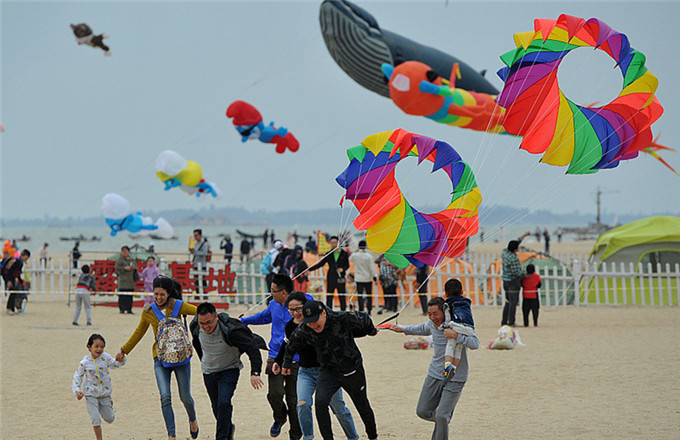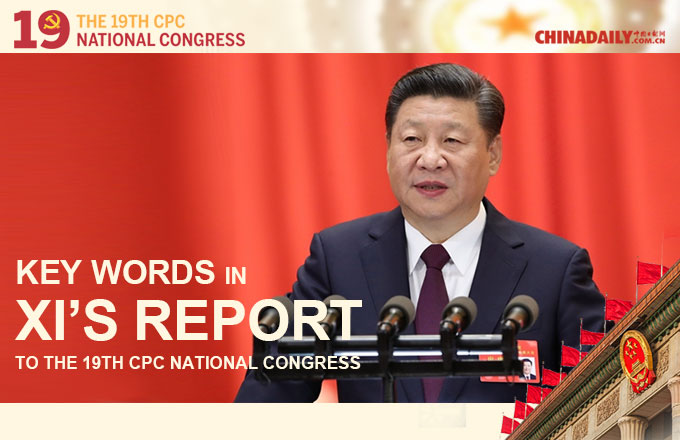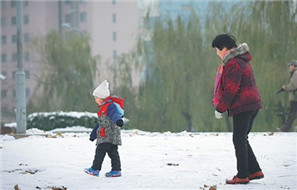Multiple measures fighting smog in northern China
BEIJING -- With an orange alert for air pollution in place for the last two days, Beijing has adopted a raft of emergency measures to meet the smog challenge head-on.
On Sunday, the city's housing and urban-rural development authorities investigated over 2,000 construction sites and 62 sites that did not meet the standards required to improve their pollution controls.
The city's transport authorities punished 3,078 cases of illegal operation of trucks carrying construction materials, and 1,556 high-emission vehicles planning to enter Beijing were convinced to return back.
Beijing Municipal Environmental Monitoring Center said the capital will see pollution peak on Monday, and air quality is expected to improve from Tuesday night under the influence of a cold front.
Last week, the Ministry of Environmental Protection (MEP) forecast that Beijing, Tianjin, Hebei and their neighboring regions would see slight to severe air pollution from Nov. 4 to 8.
An orange alert, the second highest level for air pollution, was enacted on Nov. 4 simultaneously in Beijing and Tianjin, and some cities in Hebei, Shanxi, Shandong and Henan provinces.
Under the orange alert, the cities are encouraged to take various measures to curb pollution, such as restricting the use of vehicles, increasing pollution controls at construction sites, removing from roads trucks transporting construction materials, and reducing or stopping production at some companies.
Air quality usually worsens in late autumn and winter in northern China due in part to less wind and increased emissions from heating sources.
Liaoning Province in northeast China started heating supply on Nov. 1. The provincial capital Shenyang strengthened supervision of heating supply companies and asked them to avoid operating boilers in peak hours.
The city has also added 1,350 new clean energy buses to its roads this winter.
China has channeled more work into improving air quality in the Beijing-Tianjin-Hebei area by measures such as replacing dirtier coal use and penalizing polluters.
Inspection teams have been dispatched to cities identified as sources of pollution and companies in breach of emission rules, according to the MEP.
In 2017, Beijing plans to decrease coal use by helping residents at 700 villages adopt clean energy, removing 300,000 vehicles from roads, and shutting down 500 factories.
In August, China published an action plan about air pollution governance of Beijing, Tianjin, Hebei and neighboring regions in autumn and winter from 2017 to 2018.
According to the plan, from October 2017 to March 2018, the average PM2.5 density in the concerning areas is expected to drop by over 15 percent year-on-year.
According to the Beijing Municipal Environmental Protection Bureau, the capital city's average PM2.5 density dropped to 60 micrograms per cubic meter in the first three quarters of this year, down 3.2 percent compared with the same period last year, and down 34.8 percent compared with 2013.
- Home test kits to help cut China's cervical cancer rate
- One-third Taiwanese new graduates anxious about career: survey
- Vegetable cooperatives in Hebei bring households out of poverty
- Cargo cableway facilitate villagers' life in Southwest China
- Image of four snow leopards shot in SW China



























